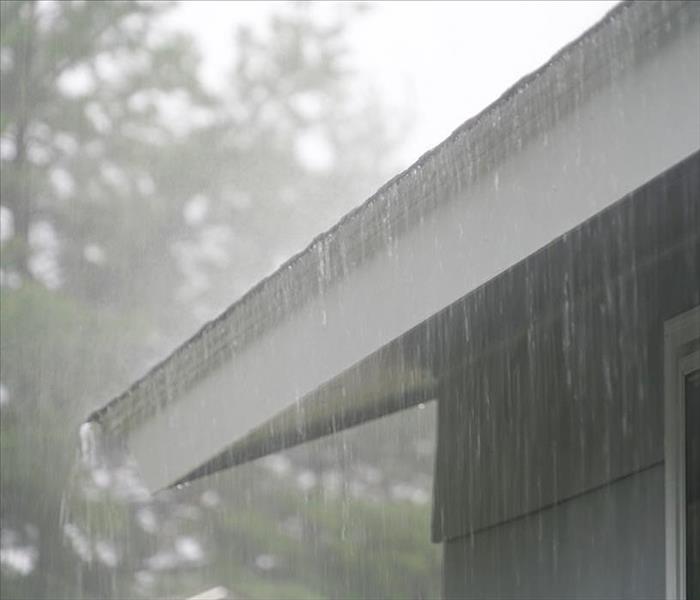How to Choose a Designated Storm Shelter Area in Your Home
12/29/2021 (Permalink)
 Contact SERVPRO of Gordon, Murray & South Whitfield Counties today to learn about how our storm restoration services can help you in the aftermath.
Contact SERVPRO of Gordon, Murray & South Whitfield Counties today to learn about how our storm restoration services can help you in the aftermath.
Severe weather is a frightening thing to think about, but unfortunately, it is something that one
must consider.
Severe weather can strike anywhere and be quite unexpected, and if you are caught off-guard by its arrival, it can be rather dangerous, too. Preparing and planning ahead is the best way to
minimize the impact that severe weather has on your household, so doing what you can to keep
yourself safe is a wise decision.
One of the first things to do as you increase your severe weather preparedness is to choose a designated area of your home where your family knows to go if there is severe weather in the
forecast. That way you will all immediately know where to head when there is the threat of severe weather and you can streamline the process of sheltering until the event passes.
Below, we will help you think through which areas of your home might be best for sheltering in place so you and your household can stay safe.
Deciding Which Area in Your Home to Use as a Storm Shelter
Use the lowest possible level of your home. Severe weather typically brings high winds with it, and can even lead to tornadoes. That is why it is recommended to choose a storm shelter on the lowest area of your home—if you have a basement or cellar, this is the most ideal, but if not, somewhere on the ground floor of the home is a good place to start.
Choose an area without windows, if possible. Windows can get blown out in storms, either due to high winds or airborne debris such as tree branches or potted plants. If you can, choose a shelter area that has no windows to minimize your risk of injury while sheltering.
Pick a spot in the middle of the house. A good rule of thumb is to put as many walls between yourself and the storm as possible. While this will vary quite a bit based on the layout of your home, try to pick a sheltering area that is toward the middle of your house so the walls can act as a sturdy buffer against the storm.
If you have storm damage to your home, we are the team to call. Contact us today to learn more
about how our storm restoration services can help you in the aftermath.



 24/7 Emergency Service
24/7 Emergency Service